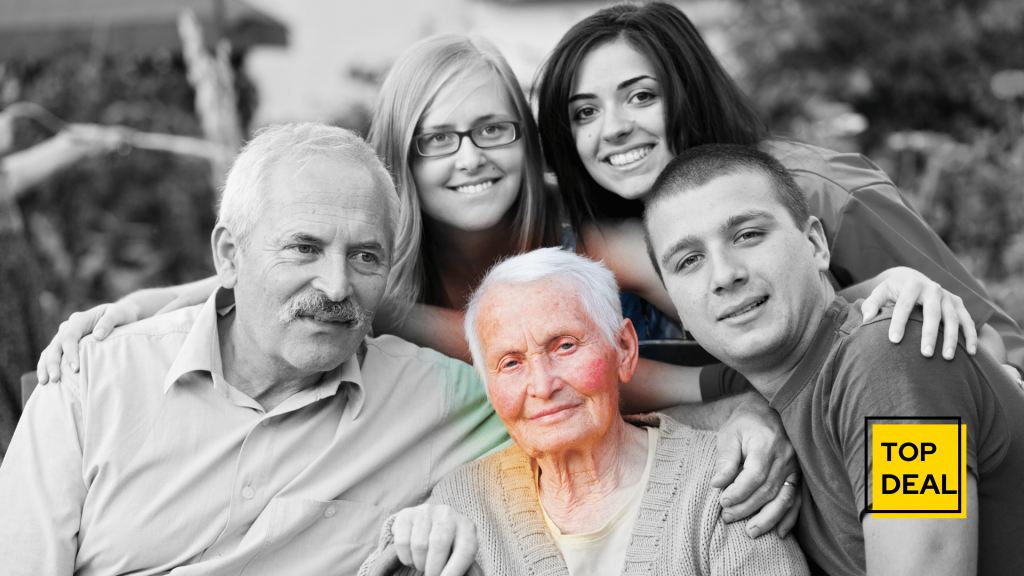
Elder Abuse Is More Common Than You Think! Here Are Some Ways To Recognize It in 2022!
All types of elder abuse and abuse, in general, are bad. In the home, in an institution, or on the street. But there is a particular type of abuse that often goes unrecognized: elder abuse. Elder abuse can be physical, mental, emotional, sexual–or any combination thereof. It may happen at a nursing home or a retirement community—or even right in your own backyard! And it’s not just about bruises and broken bones.
Abuse of the elderly is more common than we would like to admit. In fact, one study found that almost 10% of people aged 60 and older have experienced some form of elder abuse. That’s a lot of people!
Table of Contents
Protect Your Elderly
So what can you do to protect yourself or your loved ones? First, it’s important to be able to recognize the different types of elder abuse. Then you can take steps to prevent it from happening in the first place, or get help if it does happen.
Physical abuse
Physical abuse is just what it sounds like: any kind of physical harm or mistreatment. This might include hitting, slapping, pushing, or pulling hair. It can also involve neglecting someone’s basic needs, like food, water, or medical attention.
Mental abuse
Mental abuse is any kind of emotional or psychological mistreatment. This might include verbal abuse, such as name-calling, shaming, or humiliation. It can also involve isolating someone from friends or family or denying them access to information or communication.
Emotional abuse
Emotional abuse is any kind of emotional maltreatment. This might include neglecting someone’s emotional needs, like love, attention, and support. It can also involve humiliating someone in public, blackmailing them, or threatening them with physical harm.
Sexual abuse
Sexual abuse is any unwanted sexual contact or behavior. This might include touching, groping, kissing, or even rape. It can also involve making someone watch sexual activities or forcing them to take part in sexual activities.
Financial abuse
Financial abuse is the unauthorized use of an elderly person’s money or property. This might include stealing money, taking control of bank accounts, or cashing checks without permission. It can also involve forcing someone to sign legal documents or change their will.
Prevention
So how can you prevent elder abuse from happening in the first place? Here are a few steps you can take:
- Talk to your elderly loved ones about their rights. Make sure they know what is and isn’t allowed, and who they can turn to if they experience abuse.
- Keep an eye on your loved ones. If you see any signs of abuse, don’t hesitate to speak up and report it.
- If you’re worried about a loved one, call their doctor to schedule regular checkups. If the doctor sees any signs of abuse, you can work together to find a solution.
How To Know If Your Loved One Is Being Abused:
It is important that you watch out for your elderly loved ones and help them if necessary; however, there are some ways to know if they’re being abused. Some warning signs include:
- Bruises or welts on arms, legs, face, or other parts of the body
- Signs of depression-like weight loss and lack of interest in activities
- Difficulty walking or moving around normally; lack of self-care activities such as bathing and eating
If you notice any of these signs, go to a local elder abuse agency and speak out about it.
Conclusion
Abuse of the elderly is all too common, but that doesn’t mean there isn’t hope! By being aware of the different types of elder abuse, you can take steps to protect yourself or your loved ones. If you suspect someone is being abused, it’s important not to wait–report it right away!
The sooner you tackle the issue, the sooner you can help your loved ones get the support they need!




